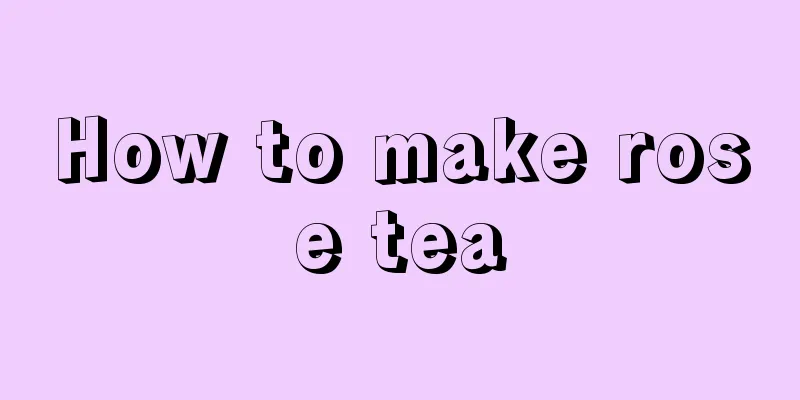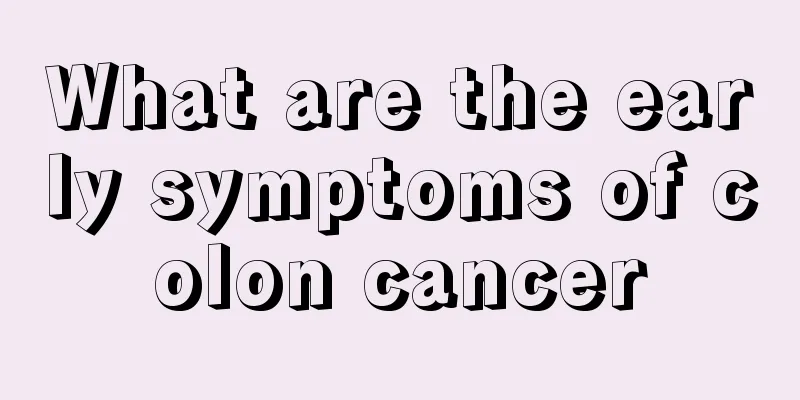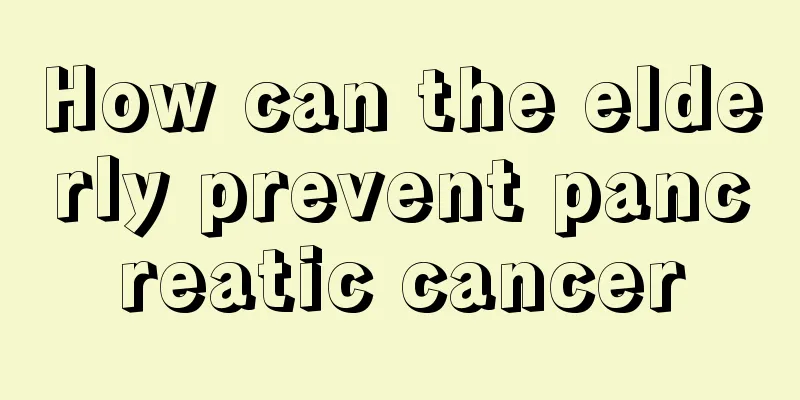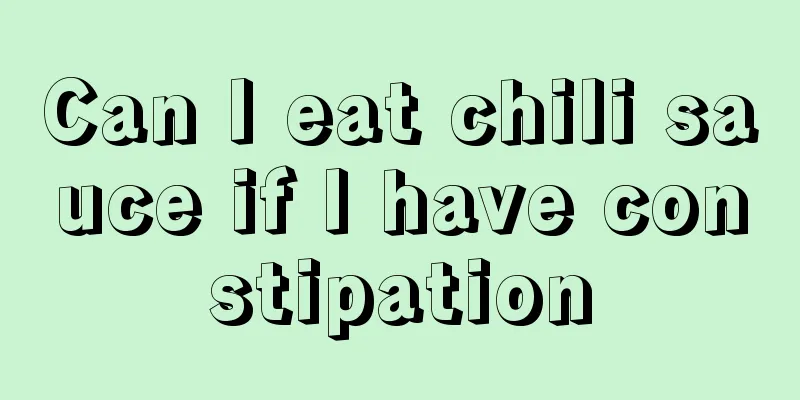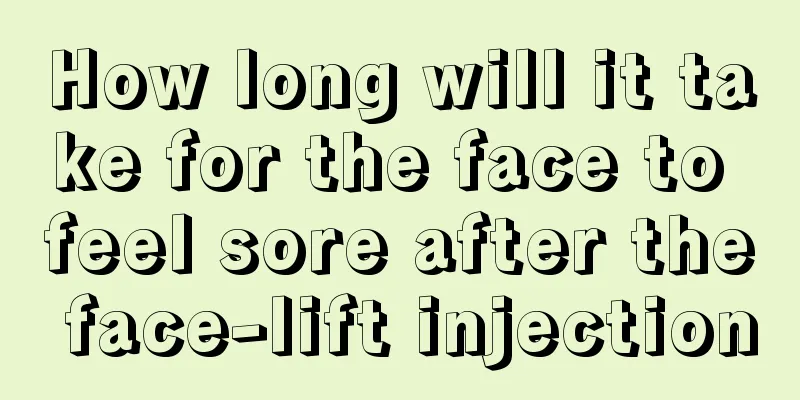Central disc herniation
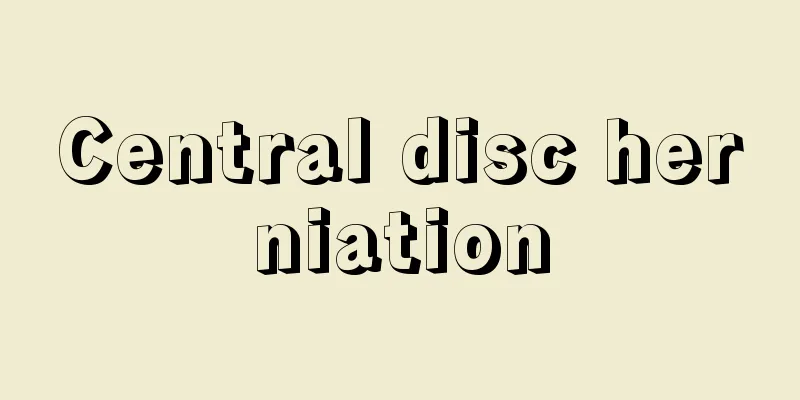
|
When it comes to the disease of intervertebral disc herniation, many people are actually not unfamiliar with it. As we all know, herniated disc is a chronic disease, and long-term exercise is required to recover. Among intervertebral disc herniation diseases, there is a type called central disc herniation. Do you know how to treat this type of disc herniation? Let’s take a look below. treat 1. Non-surgical treatment Most patients with lumbar disc herniation can be relieved or cured through non-surgical treatment. The treatment principle is not to restore the degenerated and protruding intervertebral disc tissue to its original position, but to change the relative position of the intervertebral disc tissue and the compressed nerve root or partially retract it, thereby reducing the pressure on the nerve root, loosening the adhesion of the nerve root, eliminating the inflammation of the nerve root, and thus alleviating the symptoms. Non-surgical treatment is mainly suitable for: 1. young patients, first-time patients or patients with a short course of illness; 2. patients with mild symptoms that can be relieved by themselves after rest; 3. patients with no obvious spinal stenosis on imaging examination. (1) Absolute bed rest When the first attack occurs, you should strictly rest in bed, and emphasize that you should not get out of bed or sit up to urinate or defecate. This will achieve better results. After 3 weeks of bed rest, you can get up and move around while wearing a waist belt for protection, and do not bend over or hold objects for 3 months. This method is simple and effective, but difficult to stick to. After remission, you should strengthen your back muscle exercises to reduce the chance of recurrence. (2) Traction therapy Pelvic traction can increase the width of the intervertebral space, reduce the intra-disc pressure, retract the protruding disc, and reduce stimulation and compression on the nerve roots. It needs to be performed under the guidance of a professional doctor. (3) Physiotherapy and massage It can relieve muscle spasms and reduce pressure within the intervertebral disc, but be aware that violent massage can aggravate the condition and should be used with caution. (4) Supportive treatment Supportive care with glucosamine sulfate and chondroitin sulfate can be tried. Glucosamine sulfate and chondroitin sulfate are clinically used to treat osteoarthritis in various parts of the body. These chondroprotective agents have a certain degree of anti-inflammatory and anti-cartilage decomposition effects. Basic research shows that glucosamine can inhibit the production of inflammatory factors by spinal nucleus pulposus cells and promote the synthesis of glycosaminoglycans, a component of the intervertebral disc cartilage matrix. Clinical studies have found that injecting glucosamine into the intervertebral disc can significantly reduce lower back pain caused by degenerative disc disease and improve spinal function. Case reports suggest that oral glucosamine sulfate and chondroitin sulfate can reverse disc degeneration to some extent. (5) Epidural injection of corticosteroids Corticosteroids are long-acting anti-inflammatory agents that can reduce inflammation and adhesions around nerve roots. Generally, long-acting corticosteroid preparations + 2% lidocaine are used for epidural injection once a week, 3 times as a course of treatment, and another course of treatment can be used after 2 to 4 weeks. (6) Chemical nucleus pulposus dissolution Collagenase or papain is injected into the intervertebral disc or between the dura mater and the protruding nucleus pulposus to selectively dissolve the nucleus pulposus and annulus fibrosus without damaging the nerve roots, thereby reducing the pressure in the intervertebral disc or reducing the size of the protruding nucleus pulposus to relieve symptoms. However, this method carries the risk of allergic reactions. 2. Percutaneous nucleotomy/laser vaporization of the nucleus pulposus Through the use of special instruments, the intervertebral space is entered under X-ray monitoring, and part of the nucleus pulposus is crushed, sucked out or vaporized by laser, thereby reducing the pressure within the intervertebral disc and relieving symptoms. It is suitable for patients with bulging or mild herniation, but not suitable for patients with lateral recess stenosis or obvious herniation, or those whose nucleus pulposus has prolapsed into the spinal canal. 3. Surgery (1) Indications for surgery ① Patients with a medical history of more than three months, who have no effect on strict conservative treatment or who have been effective in conservative treatment but have frequent relapses and severe pain; ② Patients with first attack but severe pain, especially with obvious symptoms in the lower limbs, who have difficulty moving and sleeping and are in a forced posture; ③ Patients with combined compression of the cauda equina; ④ Patients with single nerve root paralysis, accompanied by muscle atrophy and decreased muscle strength; ⑤ Patients with combined spinal stenosis. (2) Surgical method Through the posterior lumbar incision, part of the lamina and articular process are removed, or the intervertebral disc is removed through the interlaminar space. For central disc herniation, laminectomy is performed followed by epidural or intradural discectomy. Patients with lumbar instability and lumbar spinal stenosis require spinal fusion surgery at the same time. In recent years, minimally invasive surgical techniques such as microdiscectomy, microendoscopic discectomy, and percutaneous transforaminal endoscopic discectomy have reduced surgical damage and achieved good results. |
>>: Uterine contraction breathing method
Recommend
Is it good for lips to use lip mask frequently?
The skin needs to be moisturized and cared for wi...
How to clean taro juice
When washing clothes, if there are a lot of oil s...
What should you pay attention to in your diet during late-stage gallbladder cancer
What should be paid attention to in the dietary c...
Steps and techniques for dry cleaning hair
Washing your hair is an essential part of the hum...
The impact of weak positive ovulation test paper during the luteal phase
Maybe every female friend of ours will have menst...
Does your neck hurt when you tilt your head back? So this is the reason!
Neck pain when the head is tilted back is a probl...
What are the symptoms of advanced lung cancer? These symptoms of advanced lung cancer are the most obvious
In our lives, there is often a saying that when w...
What are the methods of making lemon ginger enzyme
Today's society is a society that pays attent...
Can endometrial cancer, one of the most common gynecological malignancies, be cured?
Endometrial cancer is a relatively common gynecol...
Causes of dull pain in the left and right upper abdomen
Abdominal pain is a problem that bothers many peo...
What causes spots under the eyes
Many people often encounter the problem of freckl...
How long does it take for the front teeth to grow back after they fall out?
If an adult loses a tooth, it will definitely not...
The harm of iodine 131 to others
Povidone-iodine is a disinfectant we often use, b...
What to do if the gastric pyloric obstruction
Many people think that if they have pyloric obstr...
How long is the normal human penis?
I believe that many men in life are not satisfied...


